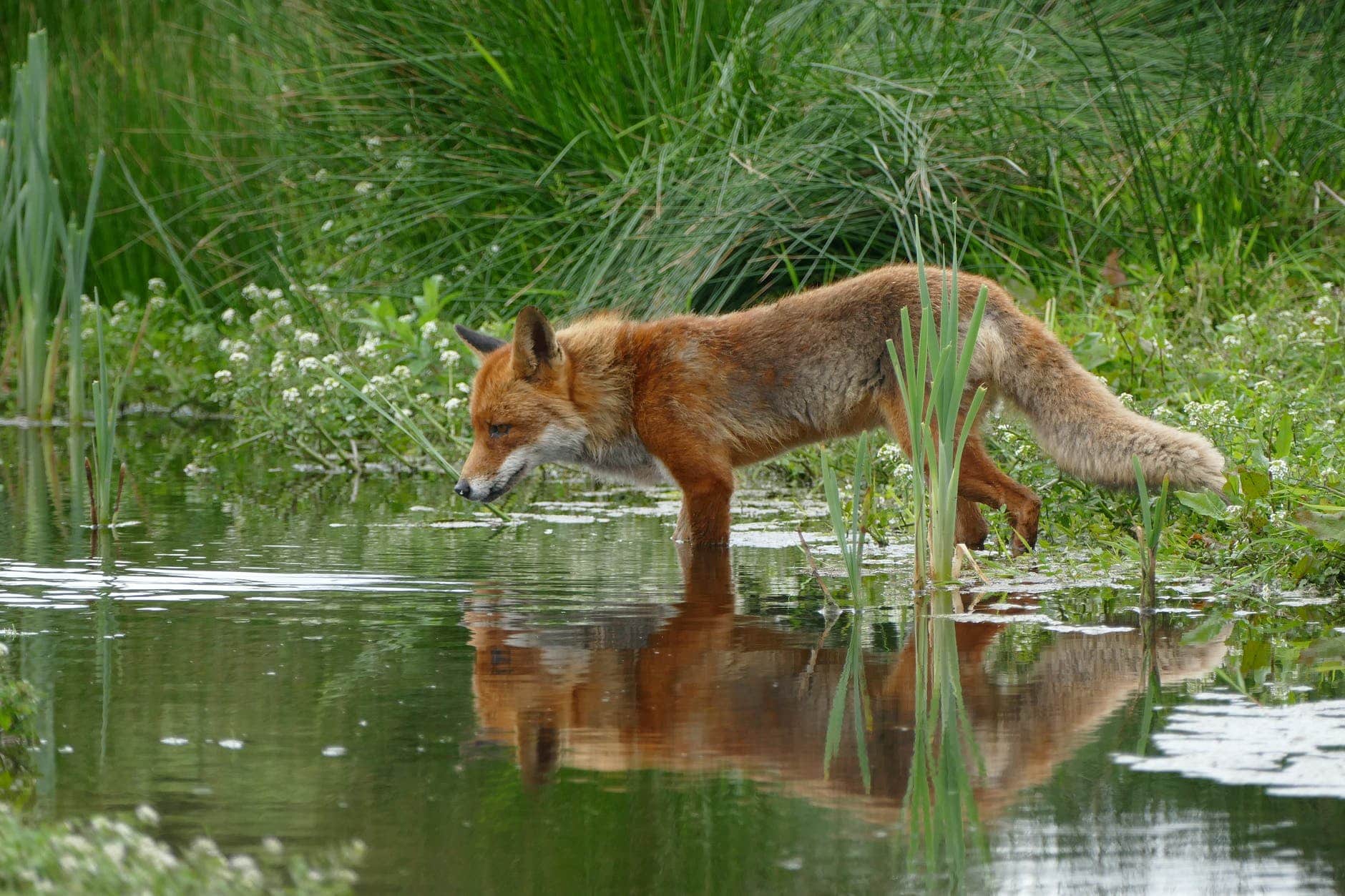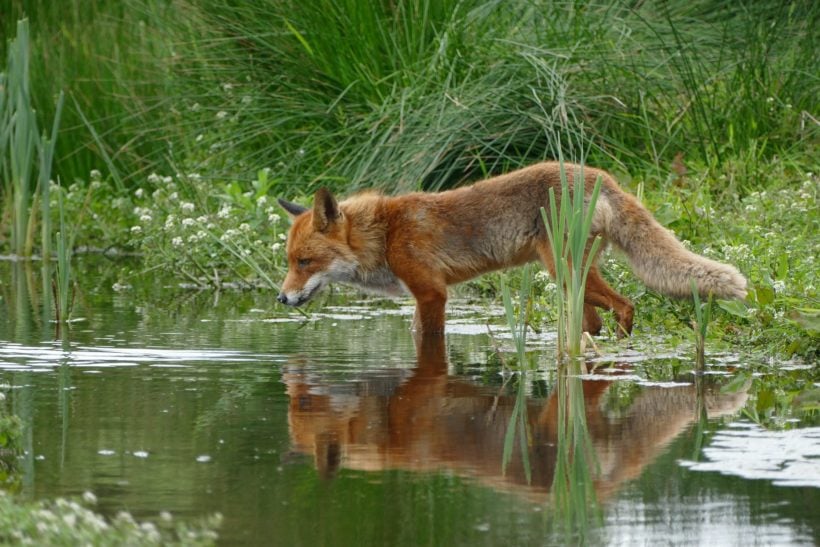Backyard Wildlife Sanctuary Part III: For Seasoned Stewards
If you’re reading this after working on parts 1 & 2 of this Backyard Wildlife Sanctuary series, bravo! Clap your hands in the air for a self-high-five as congratulations for getting your hands dirty and returning your yard to a beautiful space you can share with our local wildlife. If you’re just joining us, I encourage you to read and consider parts 1 and 2 first, but you’re welcome here at any point in your eco-journey. If you’ve come this far, you’re ready to make a big difference in the lives of our wild friends!

This is part 3. For part 1, click here. For part 2, click here.
1. Install a riparian buffer around streams and ponds
Riparian buffers (shrubs, trees, and grasses along stream banks) protect waterways by catching sediment and pollutants from contamination sources like roads and lawns. If you have a stream or pond on your property, strongly consider installing a riparian buffer or improving an existing one.
Planted with native species, the buffers require little to no maintenance once they are established, and will create new habitat for birds, fish, and pollinators. This year the NYS DEC launched its Buffer in a Bag initiative to provide landowners with free tree and shrub seedlings, so keep an eye out for the next application period.
2. Add a trail cam
Are you ever curious who shares your backyard? Put up a trail camera and find out! You’ll be surprised by just how many critters use your land as a highway when you have your back turned. While we don’t want to leave food out to encourage our furry friends to stay, it’s perfectly normal for them to pass by throughout the day and night unnoticed. Watch spring babies grow throughout the year and learn about animal movements through observation.
While it may be tempting, be wary of geotagging photos online that give away an animal’s exact location (or that of its den). Though we like to see the best in people, not everyone has the animals’ best interest at heart.
3. Put up bird safe window treatments
What’s the best way to view wildlife at home? Through the biggest windows possible of course! While that may be true, large windows pose a serious risk to startled birds who may realize all too late that they’re only flying towards the reflection of the sky and not the real deal. The same goes for the birds of prey that are chasing them. According to the American Bird Conservancy, up to one billion – yes billion – birds die each year from collisions with windows, walls, and other structures.
Luckily, there are plenty of ways to deter them at all price points. Whether you have some string at your disposal and the strong urge to DIY or would prefer a full install of top-of-the-line window glass with UV coating technology, there’s something on this list for you.
While we’re on the topic of birds, remember to keep all cats indoors. Our domestic felines are excellent predators and kill billions of birds each year while scaring countless more away from their nesting sites.
We’d love to see your backyard sanctuaries. Send photos and/or a description to nhall@teatown.org and let us know if we can share them on our social media!

About the Author
Nadya Hall, Community Environmentalist
Nadya has her master’s in environmental policy with a focus on human-wildlife coexistence. She is passionate about the conservation of wildlife and wild places through science, advocacy, and environmental education.


